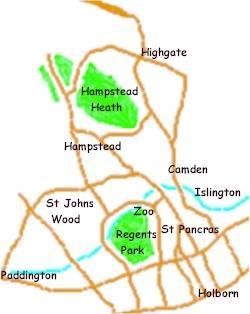

As London spread north, first to the closer in areas like Bloomsbury and Paddington Green, then to Regents Park and beyond to the attractive Hampstead and Highgate standing on steep hills
Areas like Islington became, and are still today, favoured places to live. Visit Campden Passage, an alley noted for its antique shops and its market.
Marylebone, home of the fictional detective, Sherlock Holmes. Today the home of the Wallace Collection in Manchester Square and the Courtauld Institute of Art in Portman Square
|
|
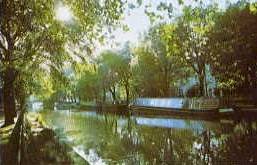 |
|
|
The Grand Union Canal (centre) wends its way past Regent's Park Zoo (left) and Nash terraces (right) as one heads north out of London towards Hampstead
|
||
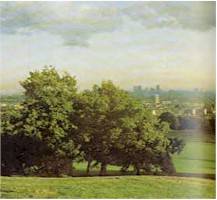 |
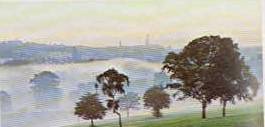 |
 |
|
Hampstead was no more than a village outside London until the 18th century, and grew with the discovery of a mineral spring. Streets like Church Row (below left) survive from that period, and together with Hampstead Heath (above right and left) give the area the special character that it enjoys today. The area has long been associated with artists like Constable (one of his paintings of the Heath hangs in the Tate) and Keats (Keats house, below right is open to the public) Hampstead Heath covers 790 acres and is a popular place for Londoners to go to "get into the country" |
||
|
|
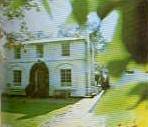 |
|
|
Highgate stands on a twin hill to Hampstead, and it too retains the flavour of an 18th century village. The most delightful street in Highgate is The grove with houses dating from the late 17th and early 18th century. Near the foot of Highgate Hill stands the Whittington Stone, where Dick Whittington (of nursery rhyme fame) is supposed to have been resting with his cat when he heard the sound of the Bow Bells calling him back to the city where he was the Lord Mayor |
||
| London Calling - return to our front page , click here |  |
| . | |
| And for a good hotel to stay at in the capital, click here for London Hotels |  |
London North